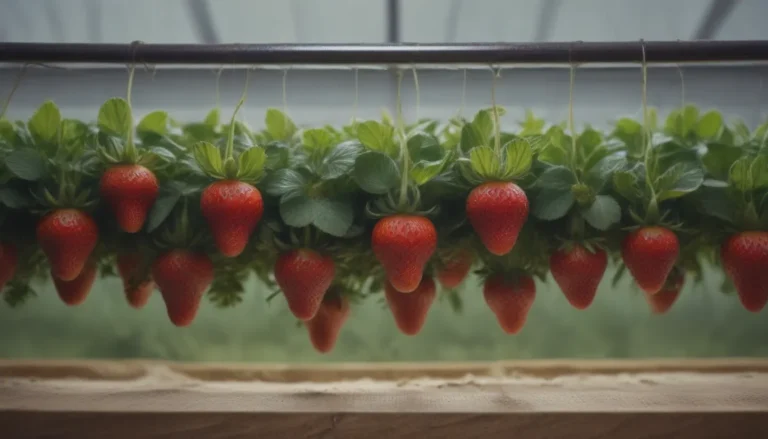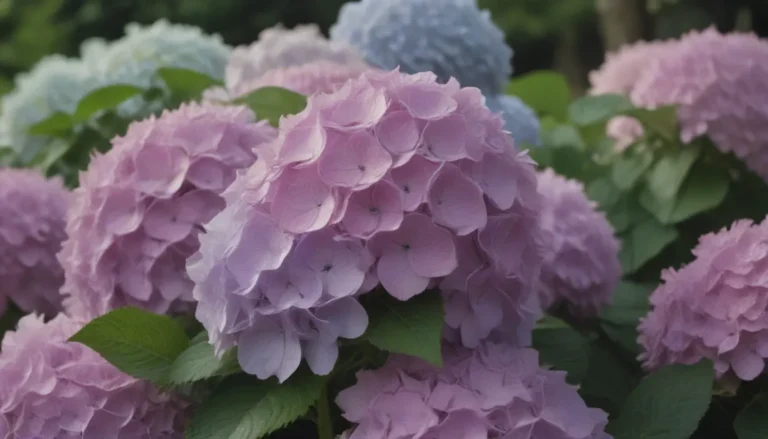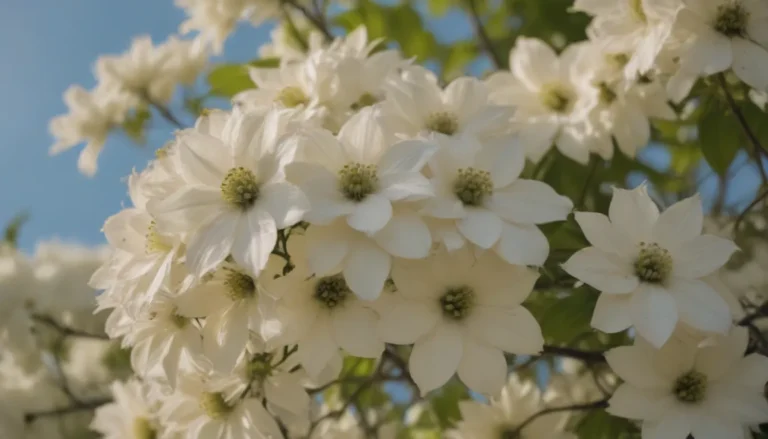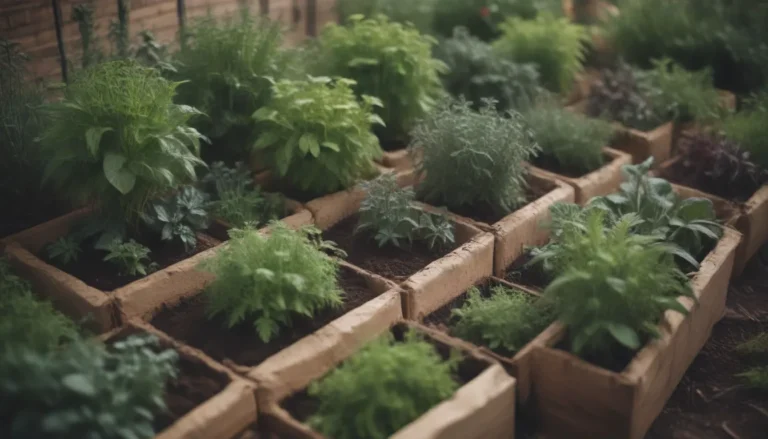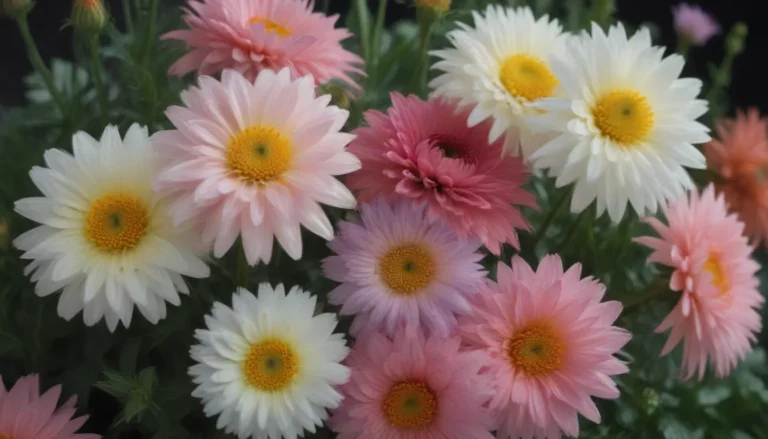Everything You Need to Know About Clover Lawns
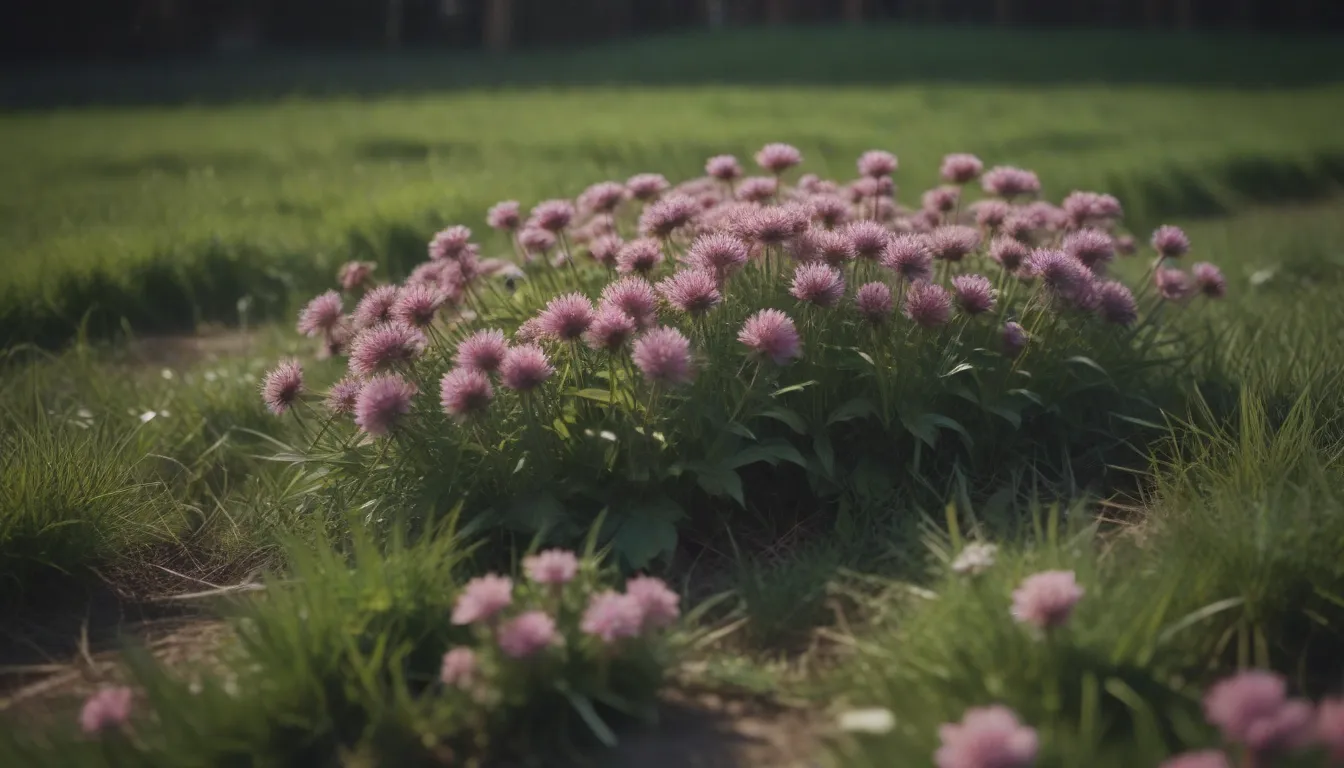
Are you considering transforming your traditional turfgrass lawn into a lush, eco-friendly clover lawn? Clover lawns are becoming increasingly popular due to their sustainability, low maintenance requirements, and environmental benefits. In this article, we’ll explore everything you need to know before growing a clover lawn, from the advantages and disadvantages to helpful tips on establishment and maintenance.
Why Consider a Clover Lawn?
Clover lawns offer a host of benefits that make them an attractive alternative to traditional turfgrass lawns. Here are some key reasons to consider growing a clover lawn:
- Low Maintenance: Clover lawns require minimal upkeep, with less frequent mowing, minimal watering, and no need for fertilization, herbicides, or pesticides.
- Environmental Benefits: Clover is a nitrogen-fixing plant that improves soil health and reduces the need for chemical fertilizers. It also attracts pollinators and helps control erosion.
- Cost-Effective: Compared to traditional turfgrass lawns, clover lawns are more affordable to establish and maintain, with lower seed costs and reduced water and chemical inputs.
- Pet-Friendly: Clover lawns are pet-friendly, with no risk of unsightly brown spots from dog urine. However, they may attract grazing animals like rabbits, squirrels, and deer.
- Durable: While clover alone may not withstand heavy foot traffic, when combined with turfgrass, it creates a resilient, walkable lawn.
- Biodiversity: Blooming clover attracts pollinators, supporting biodiversity and contributing to a healthier ecosystem.
Now that you’ve learned about the benefits of clover lawns, let’s dive into what you need to know before taking the plunge.
What to Know Before Growing a Clover Lawn
1. Mowing Isn’t As Frequent
Unlike traditional turfgrass lawns that require regular mowing, clover lawns only need to be mowed twice a year. Most people mow them in midsummer after blooming and dropping seeds, and again before the first fall frost.
2. Watering Is Minimal
Clover lawns have deep roots that draw moisture from below the soil, reducing the need for watering except during the establishment phase.
3. No Fertilization is Required
Clover is a nitrogen-fixing plant that adds nutrients to the soil naturally, eliminating the need for chemical fertilizers.
4. Herbicides and Pesticides Aren’t Needed
Due to its vigorous growth, clover suppresses weeds and minimizes the need for herbicides. Additionally, clover is less prone to pest infestations.
5. Clover Grows in Most Soils
Clover can thrive in nitrogen-poor soils and other soil types where traditional turfgrass struggles, thanks to its long taproot that reaches deep for nutrients and moisture.
6. Grass Is More Durable
When combined with turfgrass, clover creates a strong, resilient lawn that can withstand heavy traffic.
7. Clover Helps Pollinators
Blooming clover attracts bees and other pollinators, supporting biodiversity and contributing to a healthier ecosystem.
Establishing and Maintaining Your Clover Lawn
1. Cost-Effective Growing and Maintenance
Clover lawns are more economical than traditional turfgrass lawns, with lower seed costs and reduced water and chemical inputs.
2. Stinging Insects
Be mindful of blooming clover attracting stinging insects. Consider planting microclover varieties with fewer flowers if you have children or prefer to walk barefoot on your lawn.
3. Re-Seeding May Be Necessary
If you opt for a full clover lawn, you may need to reseed every few years to maintain its lush appearance and vigor.
4. Clover May Spread Unwanted Areas
Keep an eye on clover spreading into sidewalks, garden beds, or driveway cracks, and take necessary measures to control its growth.
5. Clover Controls Erosion
Clover’s deep roots help control erosion and naturally aerate compacted soil, contributing to soil health and water retention.
6. Clothing Stains
Keep in mind that clover may stain clothing, so be cautious when rolling around in clover lawns.
7. Proper Removal of Grass
If transitioning from turfgrass to a clover lawn, ensure thorough removal of existing grass to prevent regrowth and maintain the integrity of your clover lawn.
Types of Clover for Lawns
The two main types of clover used for lawns are white clover and microclover. While white clover is a popular choice for its resilience and durability, microclover offers a more uniform and aesthetically pleasing look.
Mixing Clover With Turfgrass
While clover and turfgrass can be good companion plants, it’s important to consider their compatibility and ensure proper maintenance practices for a healthy, vibrant lawn.
How to Plant a Clover Lawn
To establish a clover lawn, sow the seeds in early spring and ensure consistent moisture for germination. Mix clover seeds with sand or kitty litter for even distribution and ease of handling.
In conclusion, a clover lawn offers a sustainable, low-maintenance alternative to traditional turfgrass lawns with environmental benefits and cost savings. By understanding the pros and cons of clover lawns and following the appropriate planting and maintenance practices, you can enjoy a lush, vibrant lawn that benefits both your home and the environment.
For more information on clover lawns and sustainable landscaping practices, consult reputable sources such as Angi, the University of Maryland Extension, and the University of Georgia Extension.
Remember, a clover lawn isn’t just a beautiful addition to your outdoor space – it’s a commitment to sustainable living and environmental stewardship. So, why not consider making the switch to a clover lawn today?
